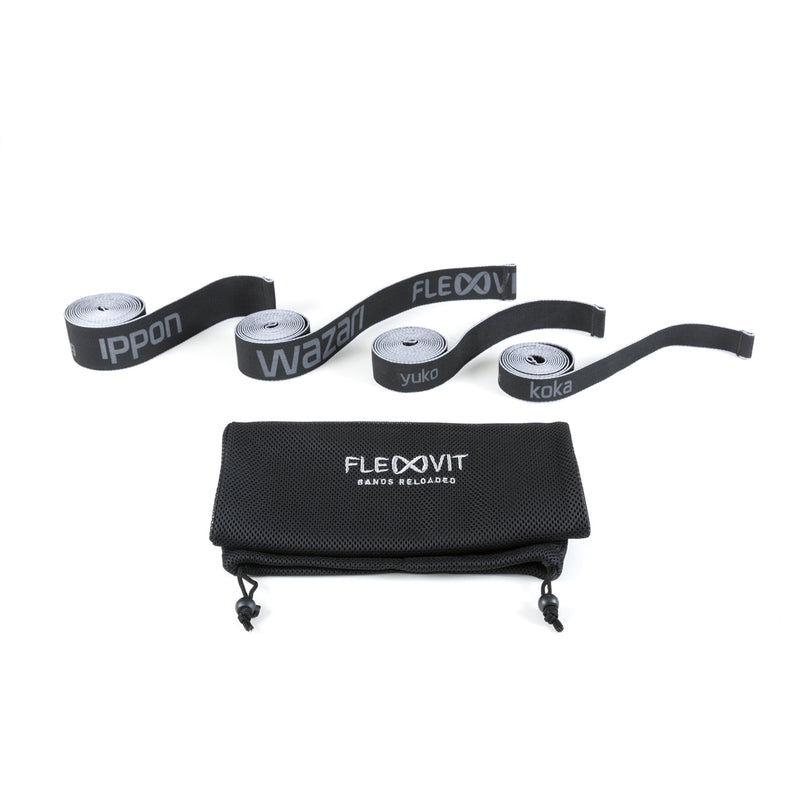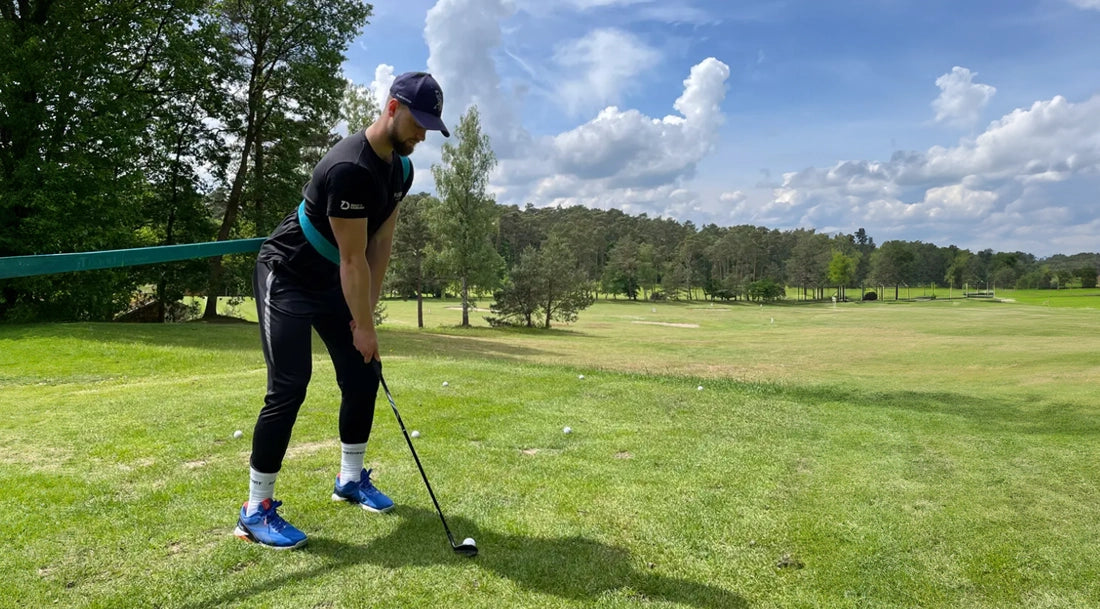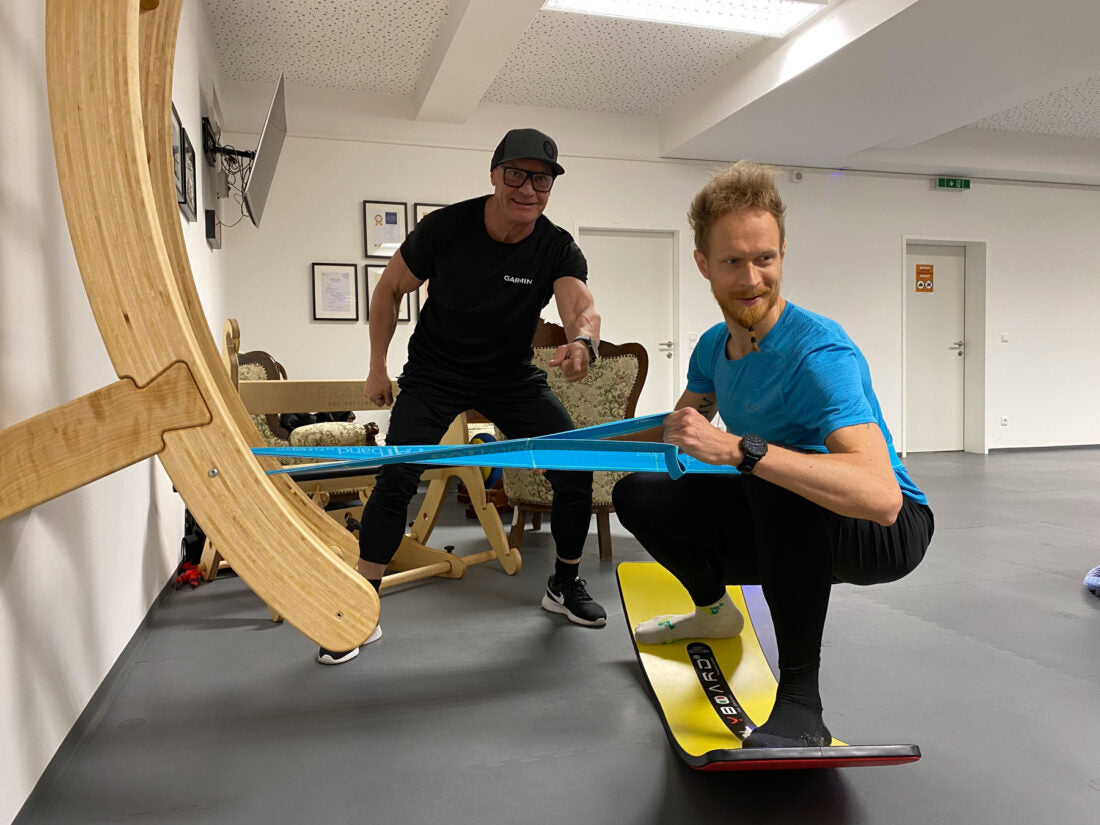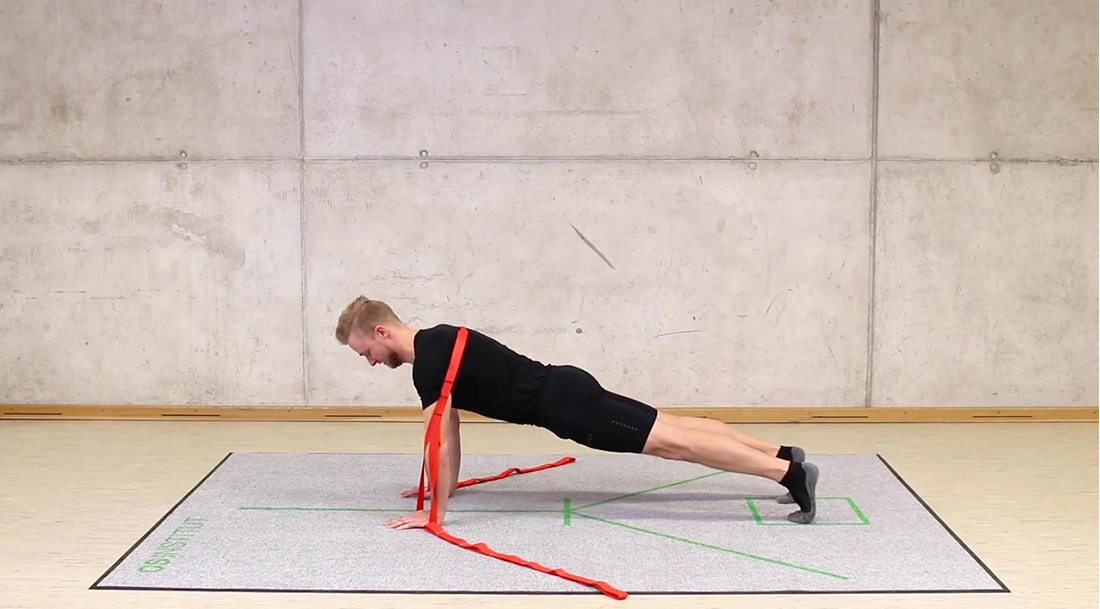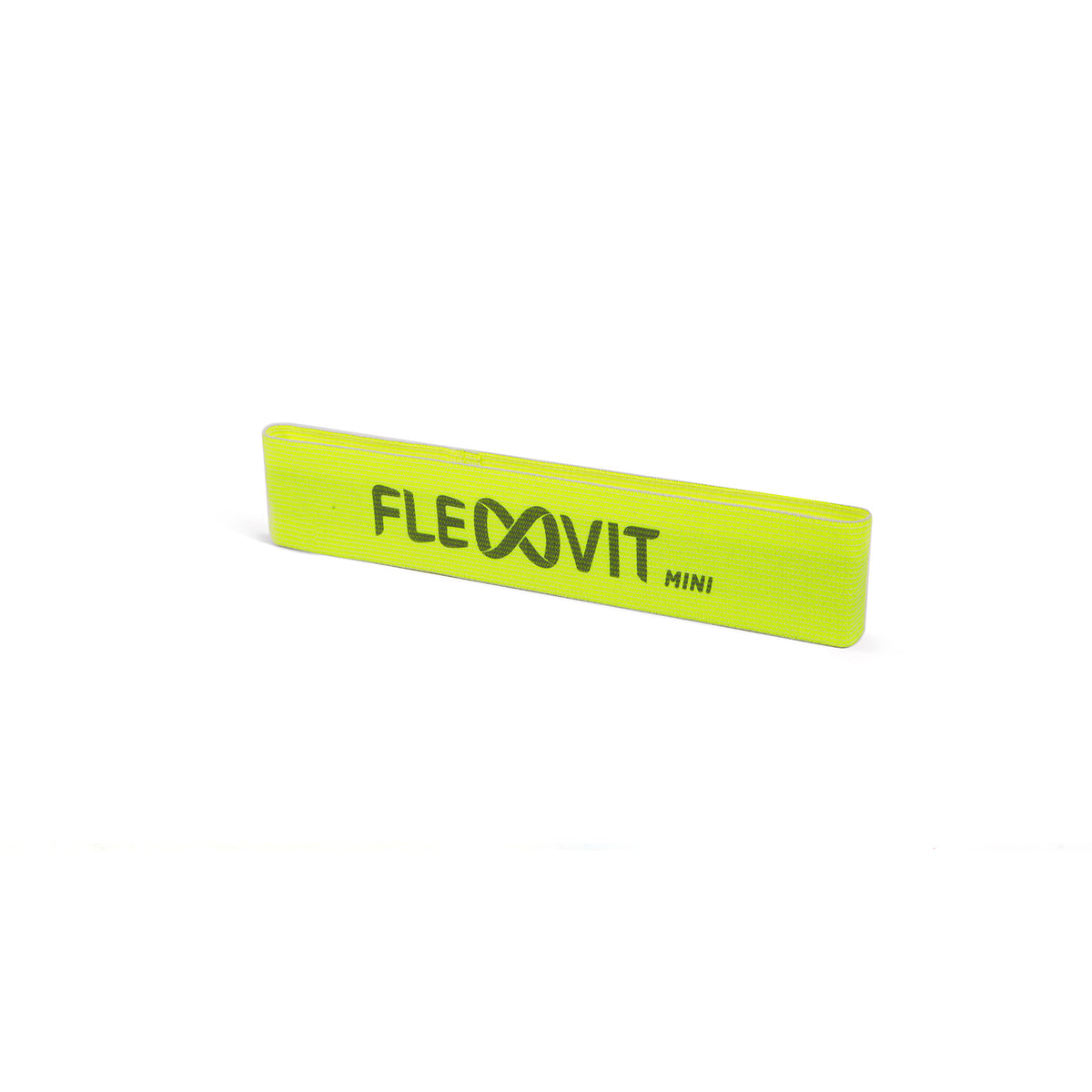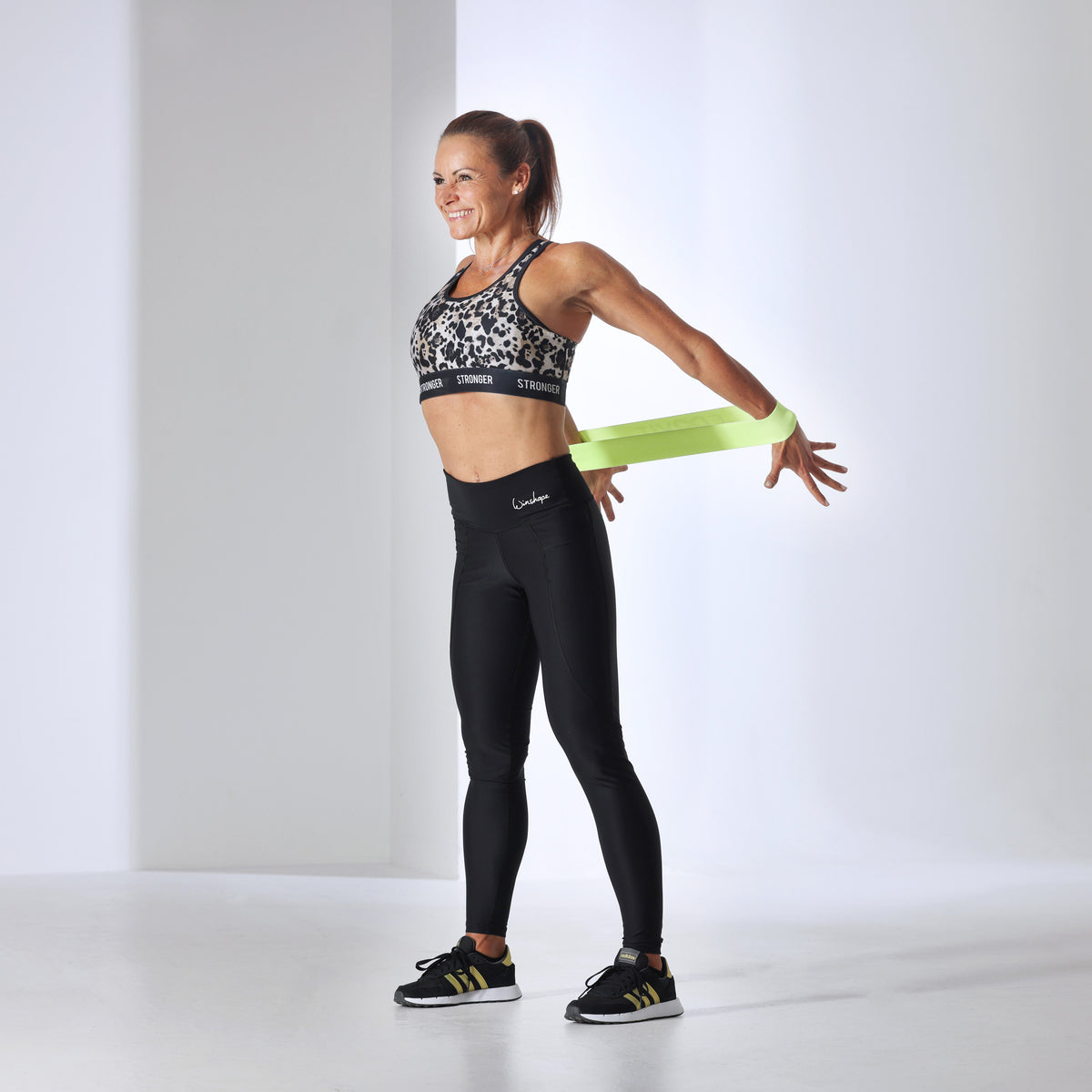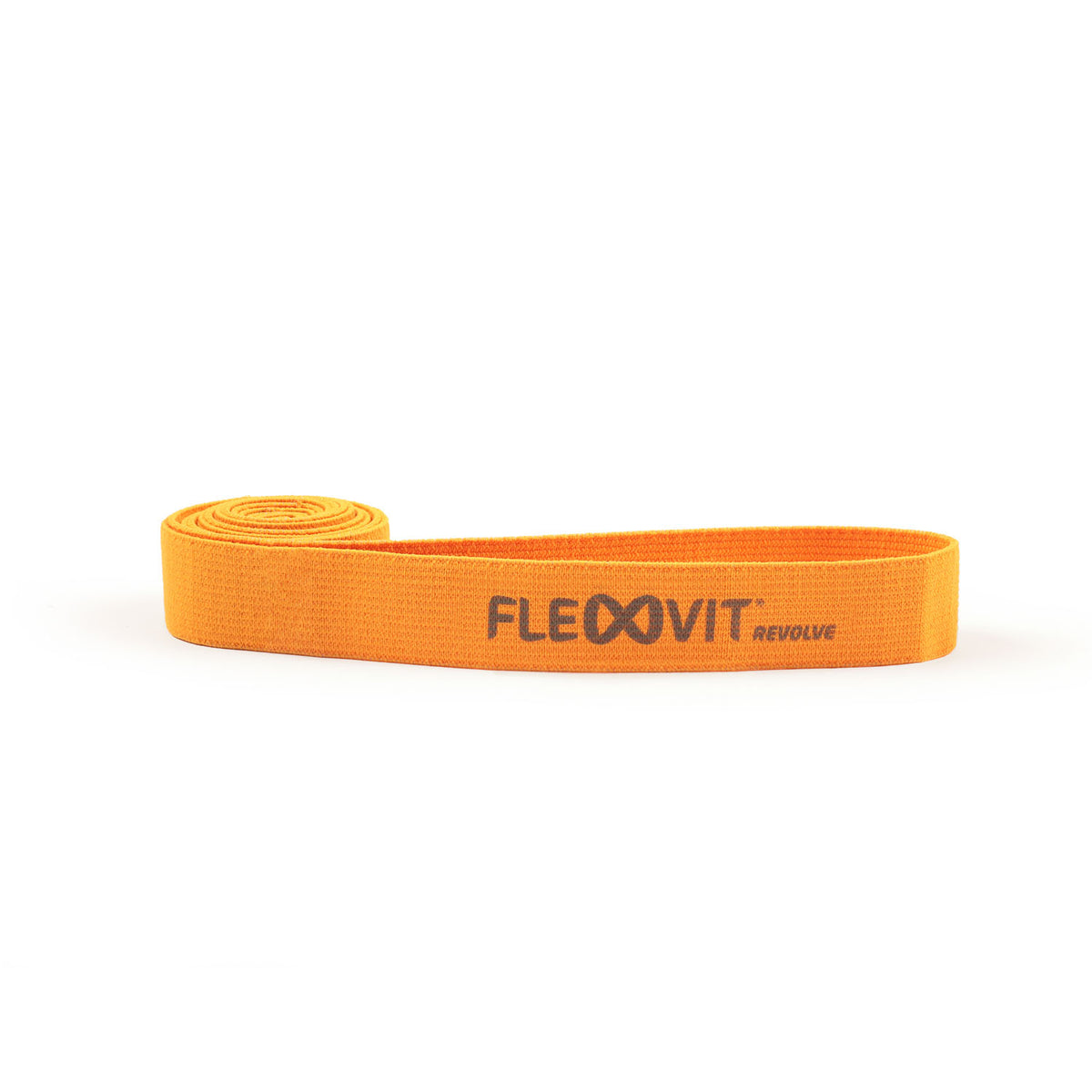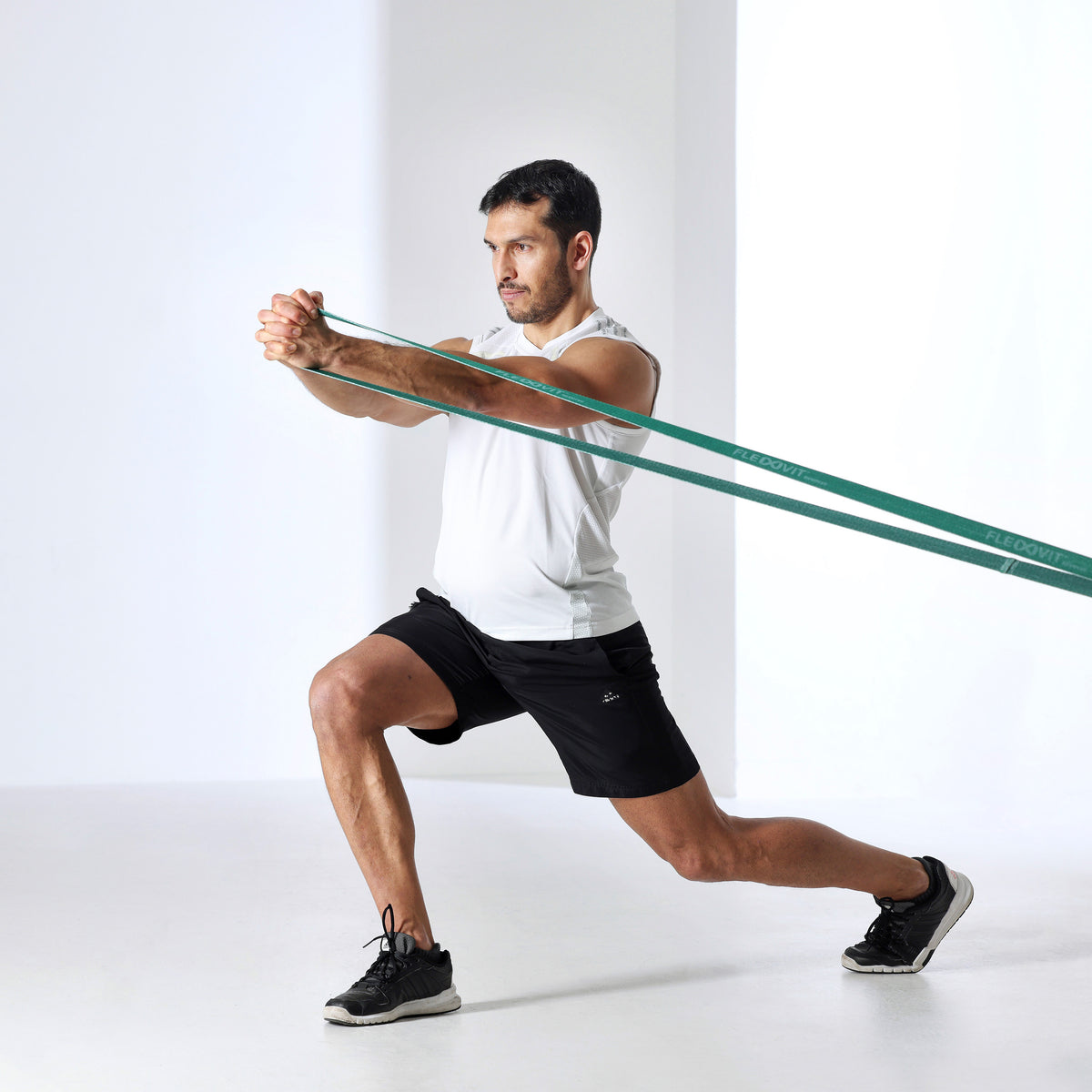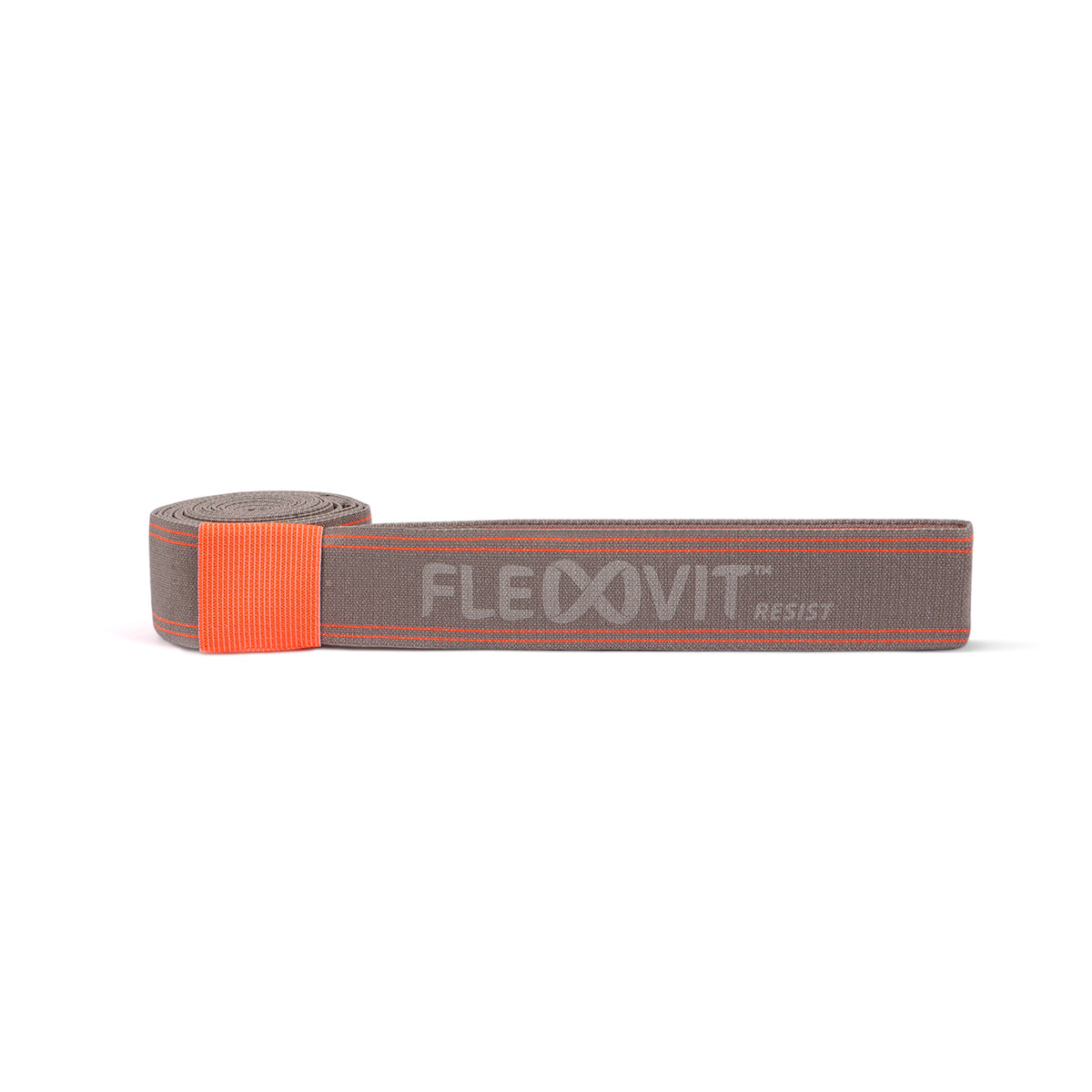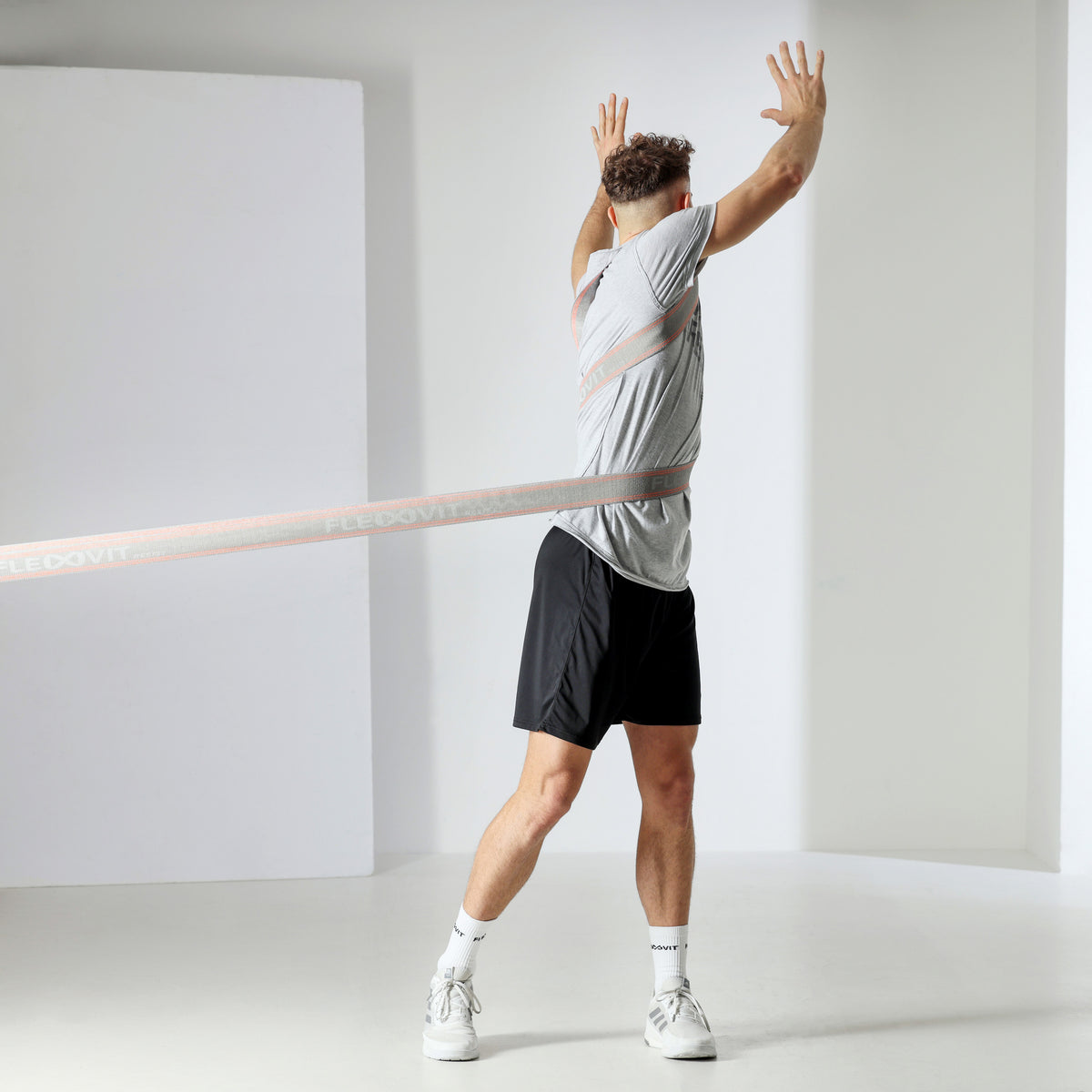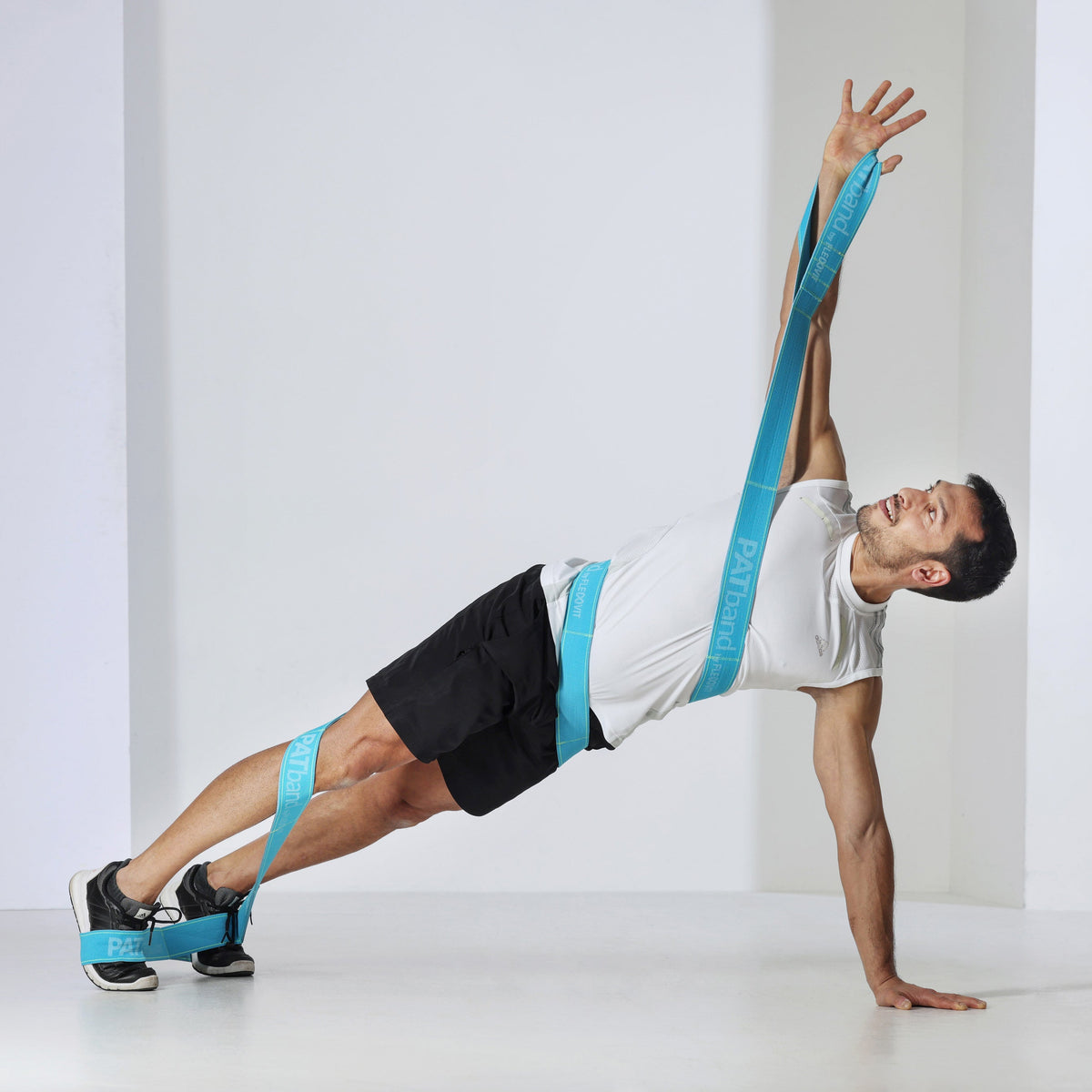Back pain exercises: We will show you how you can train effectively against your back pain & how to use exercises to avoid lumbago, prevent it and keep your back muscles relaxed - all with the PATband by FLEXVIT!
Ouch, a Sunday can go wrong so quickly. My day for training on my own behalf. On my home stretch, it shoots straight up my the back. A pronounced lumbago tells me that my last few months with an overload of coffee, appointments, travel times with long periods of sitting and last but not least far too little sleep have been registered and logged as overexploitation of the body.
Corona after-effects, such as the reluctance to cook healthy food yourself, were certainly an additional aspect. "You have to get through that now." I think to myself and take advantage of the opportunity to check my own training therapy for its effectiveness.
I would like to tell you about this review here, in the context of the PATband. The result right away: Pain-free after 48 hours, without medication, without physiotherapy, but with pain-reducing training measures several times a day, actually every hour.

Figure 1 - Hip Wrap - Back Pain Exercises for Lumbago
Why exercise against lumbago - Nici tells you!
But lets start from the beginning. Anyone who has experienced a visit from the "witch" (lumbago) knows the symptoms. A stabbing pain runs down your back and almost immediately forces everyone to their knees. Movement seems absolutely impossible and yet this is the first measure that helps to rush to the rescue of the cramped muscle partners in the lumbar-pelvic region.
So there I was, sitting on the park bench, breathing deliberately in front of me, trying not to attract attention. What if I see someone who knows me, how embarrassing. I giggled the thought away and first, very painfully, carefully moved my pelvis with the aim of getting myself back to a standing position and pretended that these exercises were absolutely standard. This succeeded after some time with well-tensed deep abdominal muscles and deep nasal breathing techniques. While standing, I tiptoed, which actually has a pain-relieving effect, and walked home as normally as possible. I didn't walk directly, but marched through the area for an hour with various mobilizing breaks. That helped really well, so I could take my PATband at home and literally wrap myself with it.
Treating lumbago: first aid with the PATband
I only wrapped it around the waist and legs at first (Fig.1) to avoid massive compression on the lower back. Walking with this coil forced the leg-spreading and hip-stabilizing muscles (abductors) to work. This constraint further eased the pain procedure and, after removing the PATband (5 minutes of moderate work), ensured that I could move my foot up to seat height. I used this repeatedly to gently work out the straight and diagonal upper body bend.
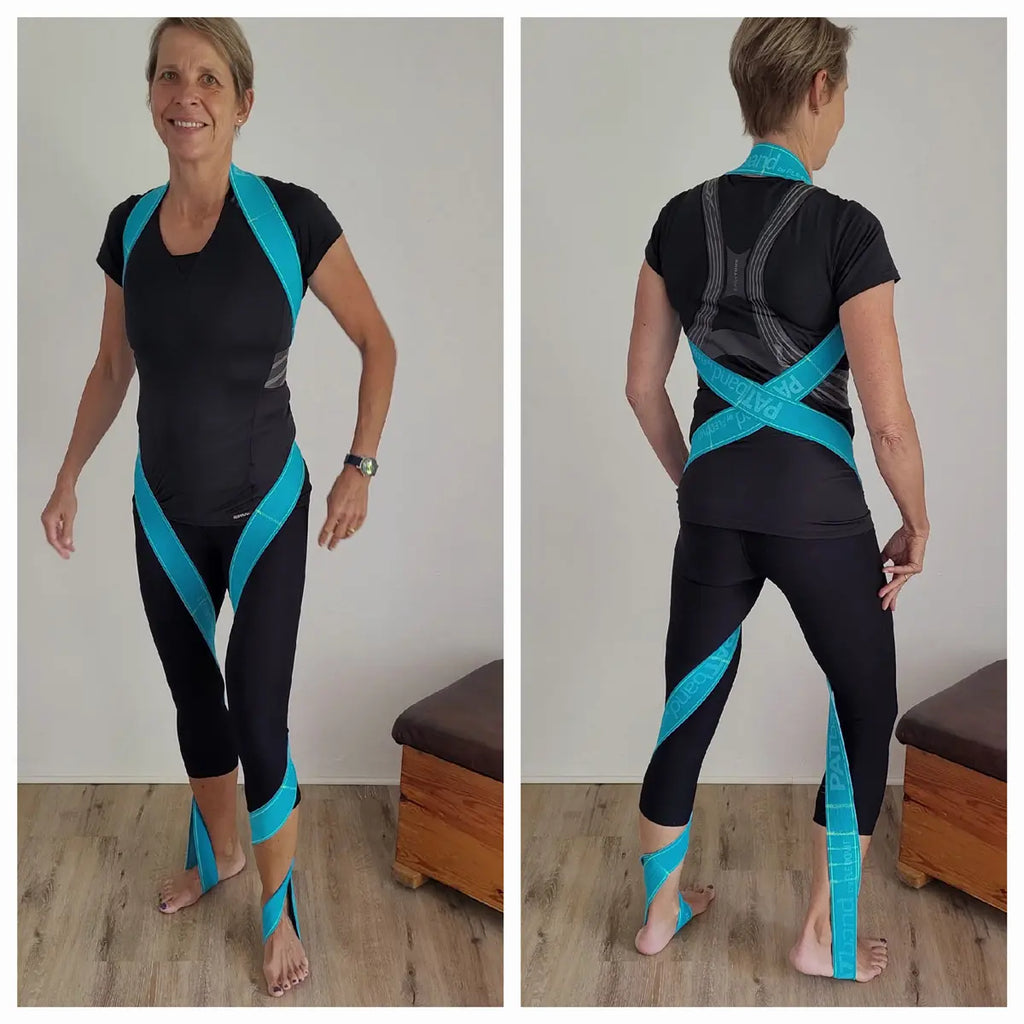
Figure 2 - Neck Wrap - Back Pain Exercises for Lumbago
For the leg muscles, this means that the calf muscles, for example, end just above the knee joint and the back of the thigh attaches above them. There is a connection between them, namely through the fascia. This is why the elastic connective tissue plays such a big role in movement and should always be considered, especially in dynamic sports that involve complex movements. Nevertheless, a systematic consideration of the leg muscles helps when choosing the right training or the right exercises. The largest muscles in our legs are in the thigh (quadriceps) and calfs.
Treating Lumbago: Next Steps with the PATband
When this was somewhat successful, I dared to do the compressing wrap, starting from the neck (see Figure 2), crossing the iliac crest around the legs to the foot. At this point, you might think she never had a real lumbago. Believe me, the wrap was a challenge and the movement involved bitchy flashing pain and lots of cold sweat. The pain raged until the FLEXVIT© coil was in place, then it was fine. Why is that?
Compressive winding for lumbago
Well, the drawstrings externally take on a job that should actually be carried out by the traumatized muscles. Since the tension certainly also triggers a neuronal stimulus on the reporting (afferent) nerve pathways, the spasm-triggering, protective tension-like reflexes are somewhat alleviated. As long as the PATband was stretched around my body, my pain level was very low.
“Form Follows Function” with the PATband
A mobilization in all possible directions is therefore the absolutely sensible idea to bring the movement system back to its tasks. "Form follows function" I said to myself, moved for another 10 minutes with walking, knee lifting, climbing stairs (walking to slightly springy, forwards, backwards, on all fours...) and various body inclinations (sideways, backwards, forwards, rotating). Hanging attempts on my wall bars further relieved. All accompanied by an inner observation mode. Observe pain, don't provoke it.
In my case, it was mainly the large back muscle (M. latissimus dorsi) and the hip flexor muscle (M. iliopsoas) that were severely injured. Since the back muscle leads to the upper arm, hanging with abdominal tension should also be practiced here. It really works very well. If you combine it with light knee raises, the hip flexor muscles also receive a metabolism-boosting benefit.

Figure 3 – Activating Wrap – Back Pain Exercises for Lumbago
After further exercises, which were now possible without the PATband, I actually felt quite good two hours after the lumbago arrived. The back was reasonably flexible, but I leaned forward only carefully. I gave myself a break and a large glass of magnesium citrate. From then on, as soon as the pain wanted to seep through again, I moved with loosening exercises and climbing stairs.
A second round of PATband training followed in the evening, followed by a walk, followed by a hot shower and an early end to the day. The night's rest was aided by, don't laugh, a kidney belt made of Angora. The next day I switched to a small, well-placed heat patch (activated charcoal). With an outside temperature of 28 degrees, such a belt becomes a bit annoying.
Treating Lumbago - Day Two
Day two started slowly. It took me about five minutes to convince my body to pull itself out of bed. The procedure was similar to that on the park bench the day before. Somewhat upright, the training began with exercises similar to those of the previous evening and more walks. The day was again peppered with loosening. In between I cleaned the windows as smoothly as possible, but vigilantly. The idea was to do large stretching movements while standing leaning against it, and it went quite well. Of course there were breaks in between.
In the afternoon I had the pain under control really well and was able to start with light activations. Exercises such as very guided, slow getting up and sitting down, lunges and lateral leg lifts work perfectly with the activating wrapping technique (Fig. 3). Afterwards, the effort was rewarded with a very pleasant and actually painless lightness. The perfect starting position for even more movement and the heralded end for the topic of lumbago.
Lumbago - Not with me
In fact, it only took me until day three in the morning to recover from this impressively painful trauma. I would like to emphasize that the only reason I didn't go to the doctor was that I never felt any weaknesses or numbness in my legs or pelvic region. I recommend that anyone with traumatic pain seek medical attention, but encourage you to break through these pain systems quickly with subtle mobilization and brief compressions.
If the pain changes, it can be reduced with movement patterns, above all walking with pre-tensioned deep abdominal muscles (corset tension). The FLEXVIT© PATband or the Multiband supports exactly this tension with the cross winding over the lower back and it helps to practice this really important tension. Try it out, if possible without first hitting the old witch lumbago with her arrow. It's a really great and all-around exciting workout.
By the way, if you feel like accumulating more exercises or even knowledge about your active body structures, feel free to take a look at my new book. "Practical functional anatomy - competence in health sports". You can now also get it from FLEXVIT© with content on exactly these topics.
By the way, what I absolutely have to mention again: If there is structural tension, and this is the case with lumbago, there can be several causes. Please clarify this.
About the author - Nici Mende

Nici Mende is a medical fitness trainer and works with people with movement pain. She passes on her experience as a lecturer in trainer training and further education in Germany and other European countries. The focus for her is always her passion for conveying the everyday movement concept of the body to people with many visual comparisons. She is the author of the books “Painless Movement” and “Practical Functional Anatomy”. The latter is available in our web shop.

